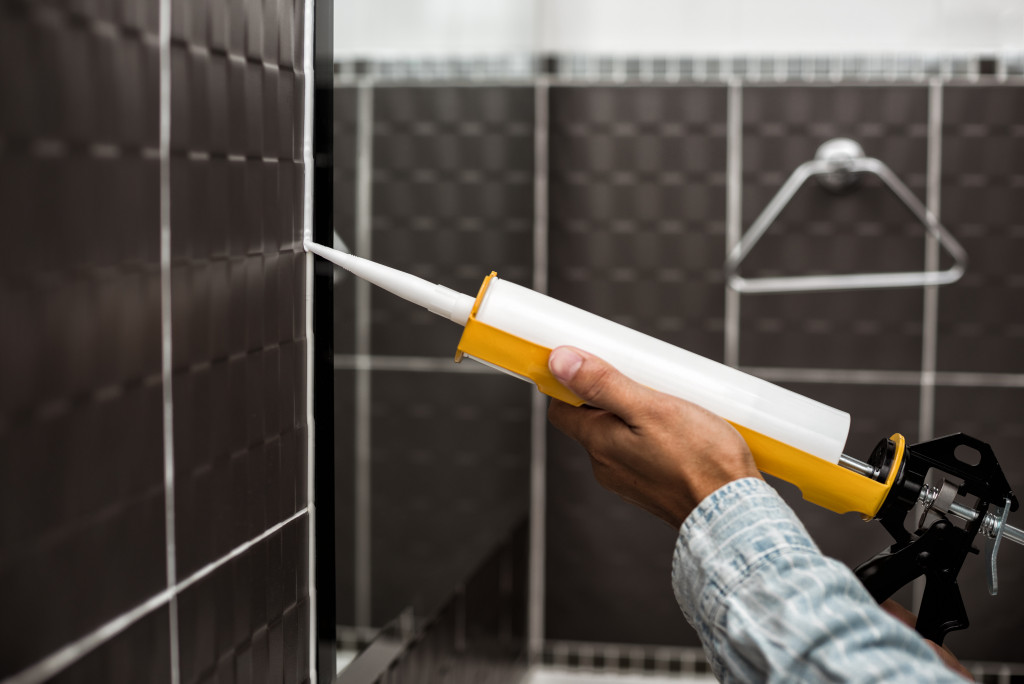- The construction of high-rise buildings is a complex undertaking that requires careful planning and consideration of numerous factors.
- Stakeholders involved in a building project should thoroughly examine each factor before proceeding with construction.
- Some key considerations include building plans and design and safety and hazard considerations.
- Investing in quality materials and services is essential for guaranteeing the structural integrity of a building.
Constructing high-rise buildings is a complex undertaking that requires careful planning and consideration. Numerous factors must be considered for a building project to succeed, from the structure’s design to its materials.
With so many variables at play, all stakeholders involved in a building project must thoroughly examine each factor before proceeding with construction.
Building plans and design
When constructing high-rise buildings, it is essential to consider the plans and design when determining the project’s overall success. Taking time to assess factors such as the building’s structural integrity and load-bearing capabilities is vital for guaranteeing it can stand up over time and weather any potential hazards.
It is also critical to review the aesthetic appeal of a building from both an interior and exterior perspective, as this can influence the cost of living or workplace satisfaction for tenants. As wise developers know, creating a space that is both appealing to look at and practically sound is essential for optimizing rental yields or occupant retention.
Safety and hazard considerations
Here are some tips related to the safety and hazard considerations of constructing high-rise buildings:
Structural integrity and safety compliance
When constructing high-rise buildings, ensuring structural integrity and safety compliance is essential. Due to the height of these structures, critical reinforcement measures are necessary for the successful completion of construction – not doing so could lead to disaster in extreme cases.
It is also essential to ensure that all materials used meet or exceed the regulatory standards set by OSHA and local officials. Hiring a reputable OSHA-qualified rigger for this purpose will ensure that the finished product meets or exceeds all requirements – expectantly providing a safe building for those who use it. The cost of hiring an OSHA-qualified rigger is worth the peace of mind that comes with knowing that a structure was built well and safely.
Construction materials

It is essential to ensure that the materials used are of the highest quality and appropriate for their purpose. This is because these buildings must be highly stable and resilient to withstand weather, seismic activity, and other forms of strain. Using inferior materials can lead to structural failure during or after construction, creating potential health and safety risks for occupants and travelers. Careful consideration must be given when selecting construction materials.
Different properties such as strength, durability, fire resistance, and water resistance must be considered when deciding which ones best suit the particular build. It requires expert knowledge from engineers and building professionals to accurately assess the best job options. The longevity of a building depends on getting it right at the start, so investing in quality construction materials is essential when attempting to construct a reliable high-rise structure.
Stormwater management
Proper stormwater management is essential to the project’s success. By taking the necessary precautions and considerations, designers can ensure that rainwater runoff will be handled efficiently while protecting the environment.
With adequate planning, stormwater runoff can be directed into drainage systems with filters to keep the water clean. Additionally, it is vital to anticipate how runoff will affect local property should there be a severe weather event.
Waste management
When it comes to constructing high-rise buildings, it’s imperative to factor in careful considerations when it comes to waste management. Not only does this play an essential role in improving the environment, but it also maximizes the potential of resources, creates healthier living and working environments, and allows better use of materials.
By utilizing modern resources available, such as green waste disposal and curriculum rubbish collection services, efficient waste management systems can help conserve energy and water, reduce running costs, and enable facilities managers to maintain cleaner areas with less expenditure.
Investing in proper waste management allows the builder to retain a consistent quality for their projects while simultaneously reducing costs associated with unexpected issues arising from improper disposal or poor management of wasted materials.
Working closely with professional resources, waste management specialists can offer essential recommendations ranging from eco-friendly direction plans regarding the removal or transformation of surplus or recycling materials.
Fire safety systems

Ensuring effective fire safety systems in any high-rise structure is of the utmost importance, not just for protecting a building’s occupants but for any associated businesses and people in the surrounding area. Therefore, architects and engineers should consider the various facets of fire safety during the design phase.
This process should include a thorough risk assessment that accounts for all potential fire hazards and an analysis of where escape areas would be required in an emergency. The chosen fire safety systems should then be appropriately installed and maintained to ensure they work effectively.
These are just a few considerations that need to be considered when constructing high-rise buildings. It’s important to remember that a project’s success or failure depends heavily on how much attention has been given to each detail before, during, and after construction.
